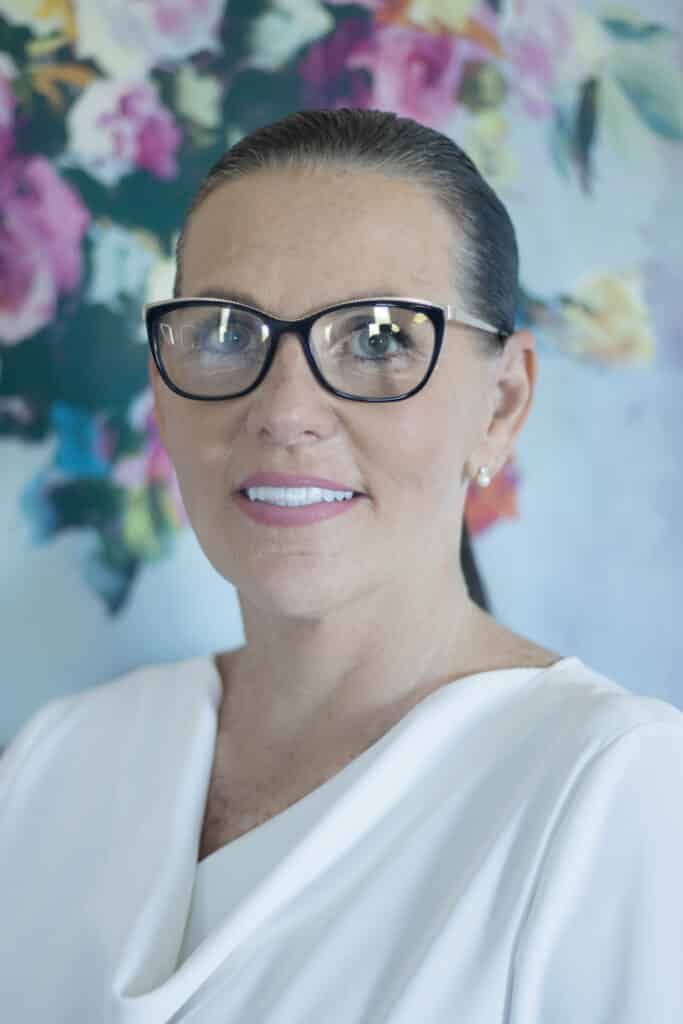Navigating a workplace environment usually requires a good social instinct— the ability to read verbal as well as non-verbal cues from co-workers and bosses.
It can be a minefield to cross at times, especially if you’re a woman stepping into a new role and unsure what information to trust and who to reach out to for support.
“Research suggests that females, from birth, pay more attention to faces than males, and they may pick up subtle nonverbal cues that males miss,” says Dr Rebecca Wilcoxson, a psychology lecturer and expert in lie detection, speaking to Women’s Agenda.
“This may be helpful if trying to assess the emotion of the person they are talking to, but people of all genders should be careful not to attribute specific nonverbal behaviours to lying,” she says adding that research has suggested “that men lie more than women”.
But through her overall research, Dr Wilcoxson has found that we’re all better liars than we realise and use the technique pretty much everyday.

While Dr Wilcoxson notes that lying has many social benefits considering that “humans survive and thrive in cooperative environments” and effective lying supports this, she has said in CQUniversity’s Be magazine that accurate lie detection can be paramount in specific circumstances.
Dr Wilcoxson’s research uncovers best practices for law enforcement and the criminal justice system in Australia, but also goes to show that we are still learning about lie detection and have yet to find a way to do it reliably.
It’s a common misconception that liars will display nervous-type behaviour or won’t maintain eye contact, says Dr Wilcoxson, noting that the problem in Australia’s criminal justice system “is that most people do not realise this, and many still use fallible methods, leading to inaccurate convictions”.
Global studies have found people around the world believe lying is accompanied by these behaviours, but Dr Wilcoxson says the current research doesn’t not support this, and tells Women’s Agenda that it’s “likely that someone who, due to neurodivergent, mental health, or cultural reasons, averts their gaze or displays nervous-type behaviours may be perceived as dishonest or untrustworthy”.
In a multicultural society, such as Australia, this misconception of how to detect liars can cause even more problems when it comes to assessing the truth. In many cultures and certain religions, eye contact is a sign of respect for authority or modesty.
One report by Queensland Health states that some Indigenous people avoid eye contact as a gesture of respect.
“If we use gaze aversion to detect deceit in Australia, we may have a lie bias against some cultures,” Dr Wilcoxson tells Roberts.
So, the next time a co-worker or employer says something that doesn’t sit quite right, research shows it’s best not to jump to conclusions based on their non-verbal behaviour. Instead, the answer might lie in collecting evidence to the contrary.
Dr Wilcoxson’s research into police methods of lie detection shows the best way to determine if someone is lying involves collecting evidence to disprove their account of an event, as she says many officers use methods like “strategic interviewing”.
She says “this involves not revealing known information to a suspect until late in an interview. Good police interviewing involves collecting information that can be checked.”
Backing up this advice, authors of the most recent peer-reviewed publication on effective lie detection methods have said “the best general advice from the psychological literature on verbal lie detection remains simply that a person is lying if what they say is inconsistent either with other things that they have said or with other evidence”.


